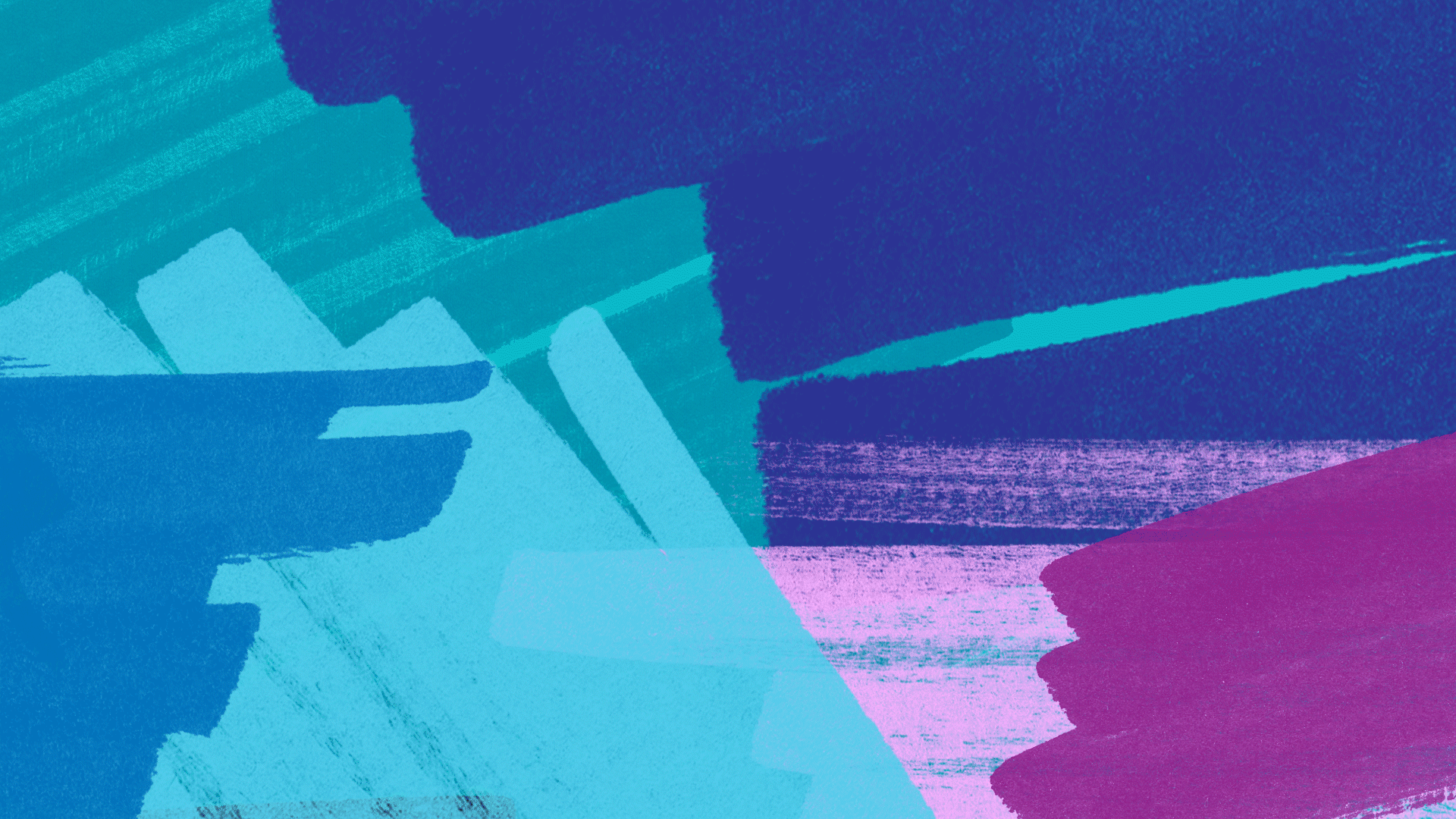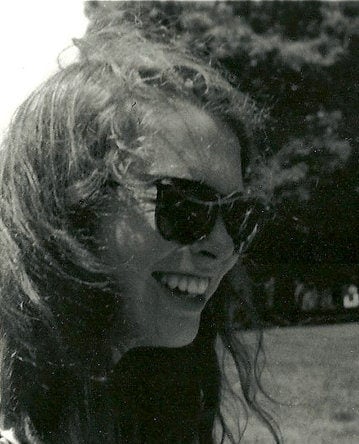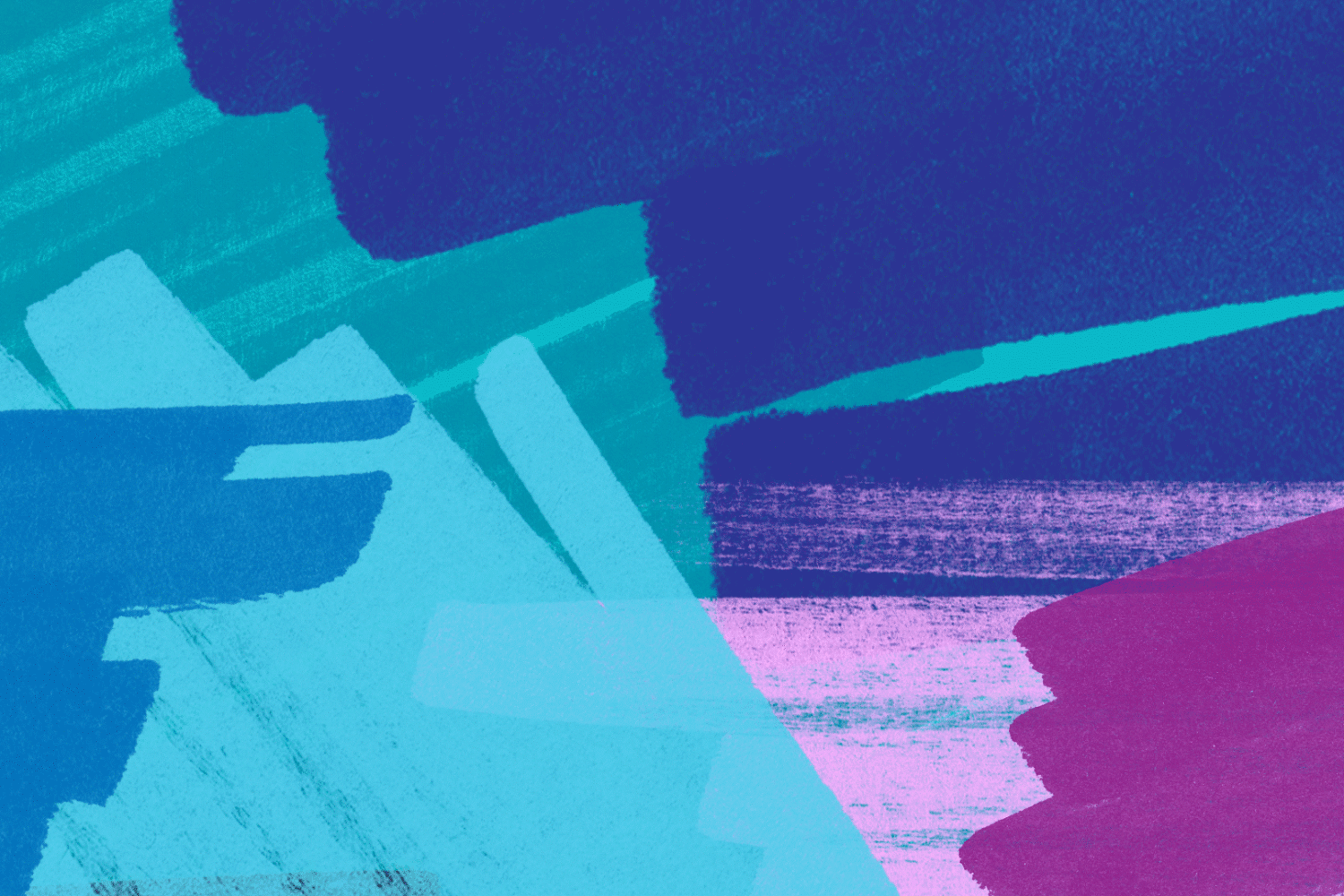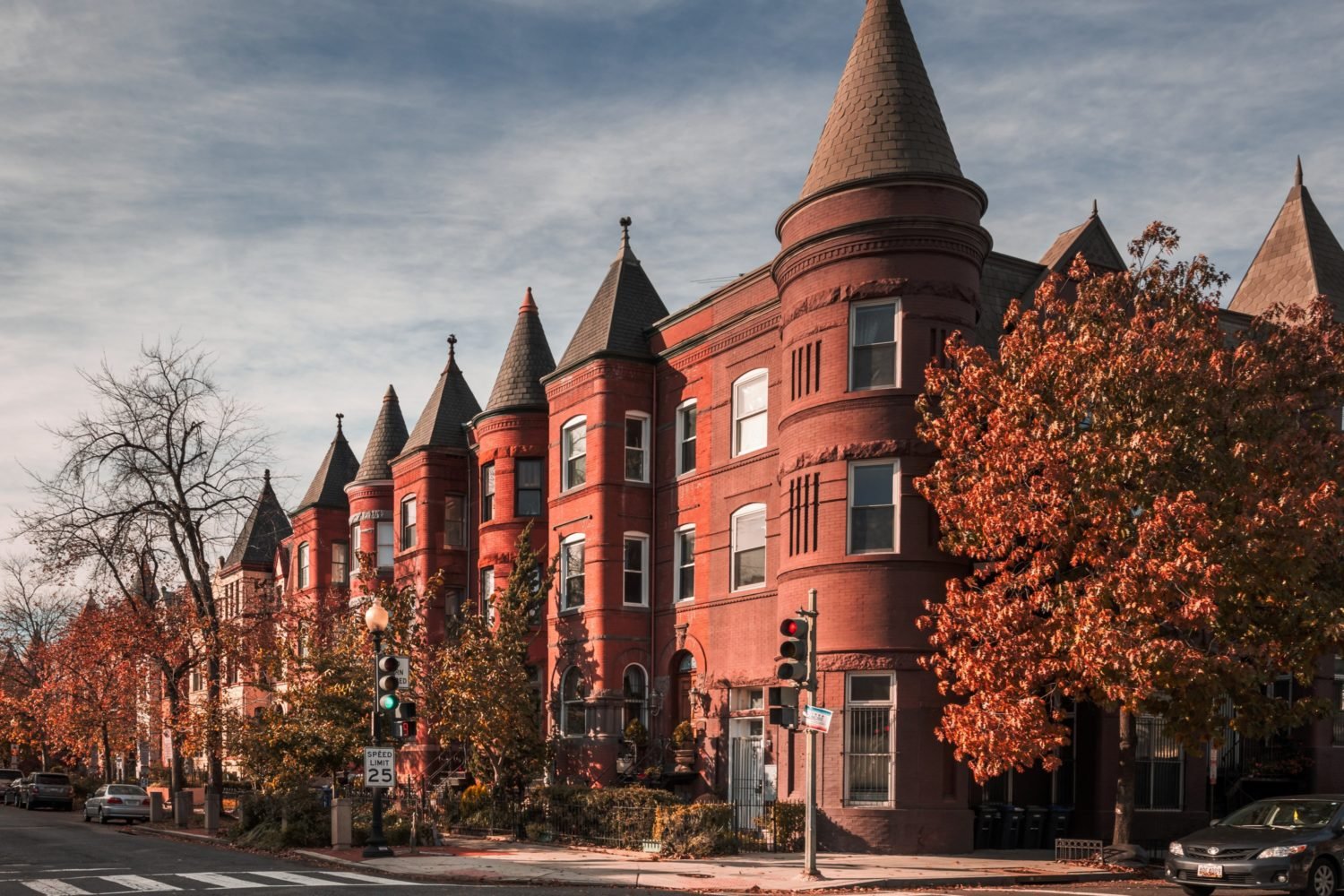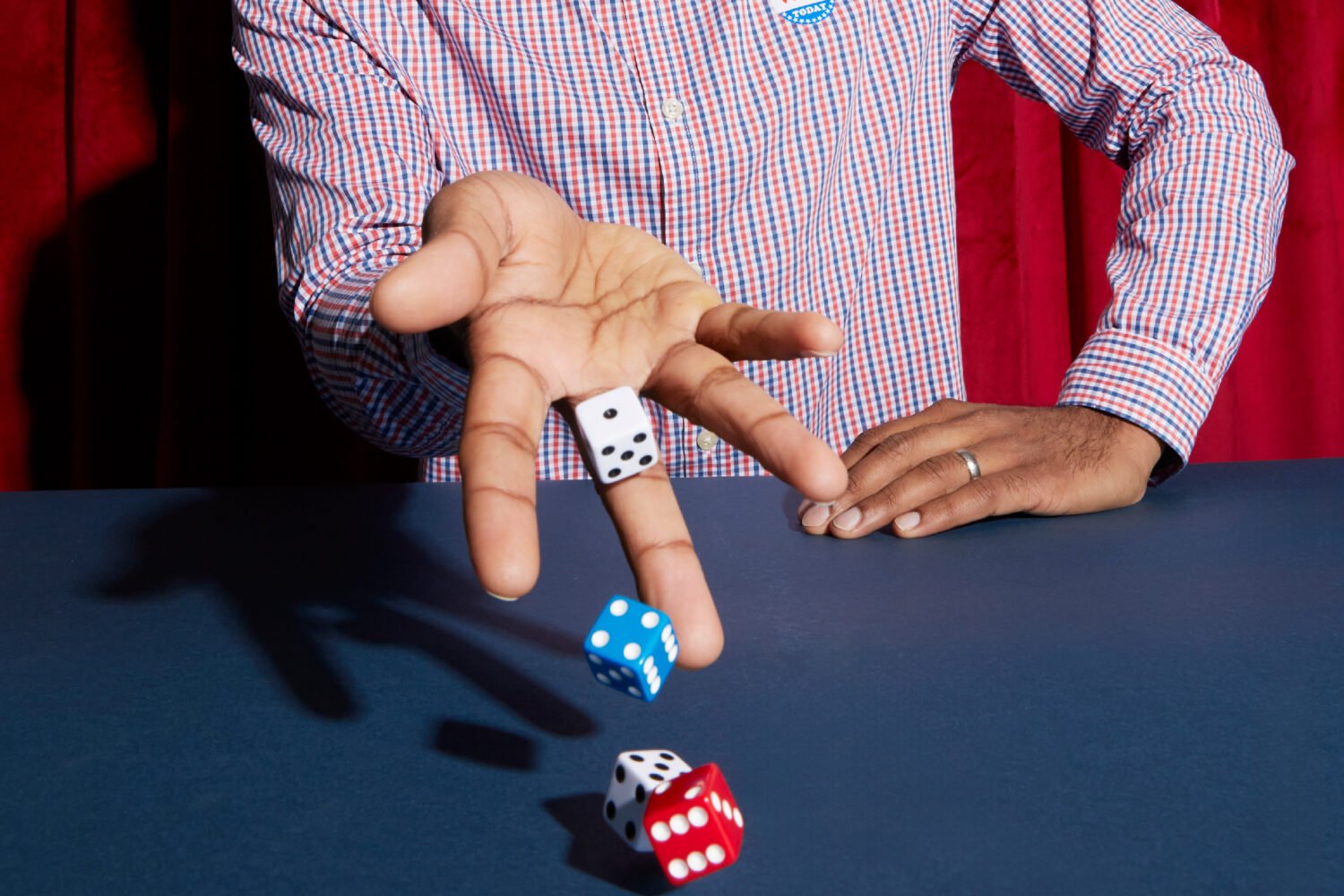This Is Me is a column in which we speak to Washingtonians who have a unique story to tell. Did you leave your job on the Hill to become a bartender? Did you used to work as an escort? Do you support yourself as a social influencer? We want to hear all of your stories—no matter what the subject or how kooky they may be. Email Mimi Montgomery at mmontgomery@washingtonian.com.
Name: Jason Gomez, who works in an educational genetics lab
Age: 26
Lives in: Southeast DC
On how he got into cosplay (dressing up as a character from a movie, book, or video game)…
“Really, I’ve always been interested in it. I was always really into art—I went to several art-centered schools growing up, and I had a really strong passion for sculpture work and three-dimensional media. I would always get really excited when I would go to a movie and see the costuming on-screen and know that it was made by-hand, as opposed to computer graphics.”
“I wanted to tackle [costuming] myself. When I was in my sophomore year of college, I was a really big Star Wars fan, and I always wanted to own a set of Stormtrooper armor. So I told myself that over a winter break, I would build my full set of armor. I did a bunch of research, and everyone said to go out and buy those big foam pieces that you can get for really cheap at a Marshall’s or something—it’s lightweight, and you won’t be paying several thousand dollars like you would for it to be made out of plastic. I wore it to my first convention, and it was incredibly uncomfortable, but I had an unbelievable amount of fun.”
On the kinds of costumes he makes and wears…
“My fiancé is the one who wears most of what I make now. We’re both kind of nerdy. I’ve always been a really big comic book and sci-fi nerd, so I’ll make different armor sets from Marvel, Star Wars things, and superhero stuff. My fiancé likes anime and manga and video games, and I’ve also made her a set of Wonder Woman armor.”
“I did an anime character, Kamui Woods, from the show My Hero Academia. He’s just in one episode, but every single time I’ve worn him to a convention, he has an amazing reception. People always get really excited to see this side character you weren’t expecting. Other than that, I made the armor from Thor and Avengers: Infinity War, and it’s by far one of my least-restricting armors, plus it’s just fun to wear. It makes you feel big and bulky and you get to walk around with a big ax all day.”
“Now, I’m working on a Death Knight from World of Warcraft for my fiancé—that’s a hard one. I used to play World of Warcraft with my friends growing up, and I always thought the armors were so obnoxiously difficult and full of unnecessary detail. Another one that’s been giving me trouble for years is another set of armor I’m making for her—it’s from a video game called Mass Effect, and the character’s named Commander Shepard. The fine-tuning and little details have been giving me trouble, but as you grow, progress, and have a greater understanding of the materials you’re working with, things get easier.”
On what happens at conventions…
“It depends. If it’s San Diego Comic-Con or New York Comic-Con or Awesome Con in DC, it’s big and populated by television and movie sponsors. It’s kind of like a giant trade show for entertainment, comics, and movies. Whenever we go to San Diego, we always make sure to travel with one bag half-empty because of all the freebies we’ll be getting. Then there are other ones like anime conventions—in downtown DC, there’s one in the summer called Otakon. They’re a lot more relaxed and more artist and independent-seller focused, as opposed to the big guys.”
“It’s not like you’re going to Disney, where you’ll see someone dressed as a character and they have to act like that character. It depends on the people: If you’re wearing a costume that completely covers your face and no one can tell who you are, sometimes you’ll put on that character because you don’t want to break the illusion. Then other times, you put on your costume and you can’t see or walk through a door, so you’ll just be yourself.”
“But in all honesty, most of the time you go to a convention, have fun, and go get a few drinks. At conventions, you get to completely immerse yourself in that sub-culture and be surrounded by people who are just as excited about everything as you are. It’s a time for you to go out and party with people that have similar interests as you.”
On the time and financial commitment…
“I’d say on average, it takes me two months to make a full-body costume, depending on how detailed I want to make it. My Thor costume was just some armor, some bracers and boot covers, my pants, the ax—that’s like a month. If it’s something where I have to make absolutely everything, it can take several months. And depending on the number of details, it can cost about $200 to make. I use cheap materials—a bunch of foam mats and foam dowels. The majority of the money goes toward buying sealants so I can actually paint it.”
“I don’t want to think about how much money I’ve spent on this overall. We’re normally at San Diego Comic-Con for five nights, and the cheaper hotels are $200 a night, so that’s the base. Convention tickets are about $200 a person, then you have to pay to fly there…it racks up. This year, we’re getting married, so we’re not going to many conventions. Usually, it’s three or four a year. Some people try to go almost once a month, but I could not do that.”
On telling people about his hobby…
“I used to go to conventions in high school, then I stopped. I left a lot of the nerdy stuff behind because I thought, oh, I can’t like this. I have to be a ‘normal’ person. There was always a part of me that wanted to embrace what I loved, and the rest of me was like, don’t be weird. My fiancé was actually the one who got me to go back to conventions in college and realize this is part of who I am and that it makes me happy.”
“Sometimes we kind of keep it on the down-low, especially around outside people. I want to own it, but first and foremost, I want to be professional when I’m at work. DC is a city of government workers; it’s a city of professionals. You don’t want to come across as like, that old stereotype of the nerd who just lives at home.”
“I’ll sometimes tell people. If I’ve gathered that we have similar interests or that they’ve played this game I’ve played, I’ll tell them here’s what I do as a hobby. I spend my nights and weekends making these things. No one’s ever been rude about it—usually people are more interested than anything else. With the amount of superhero movies out now, that counter culture is pretty out in the open. It’s cool to be a nerd now. It’s cool to like superheros. It’s cool to know comic books.”
On what cosplay has taught him…
“Creatively, it’s taught me to break out of my comfort zone. It’s taught me to try different techniques. It’s made me a better artist; it’s made me a better builder, a better sculptor. It’s like going to the gym every day—you try something new and it’s hard at first, but it gets easier, you get better, and your technique gets stronger. Everything builds on top of everything else.”
“It’s also taught me that there are a lot of people out there that are into the same things I am and that I was into growing up. I realized that I shouldn’t have been ashamed of what I was interested in and what I enjoyed and what made me happy. I should have just embraced it. You go out on Halloween and you get to wear whatever you want and be whoever you want. What’s wrong with going out and celebrating Halloween more than once a year?”

